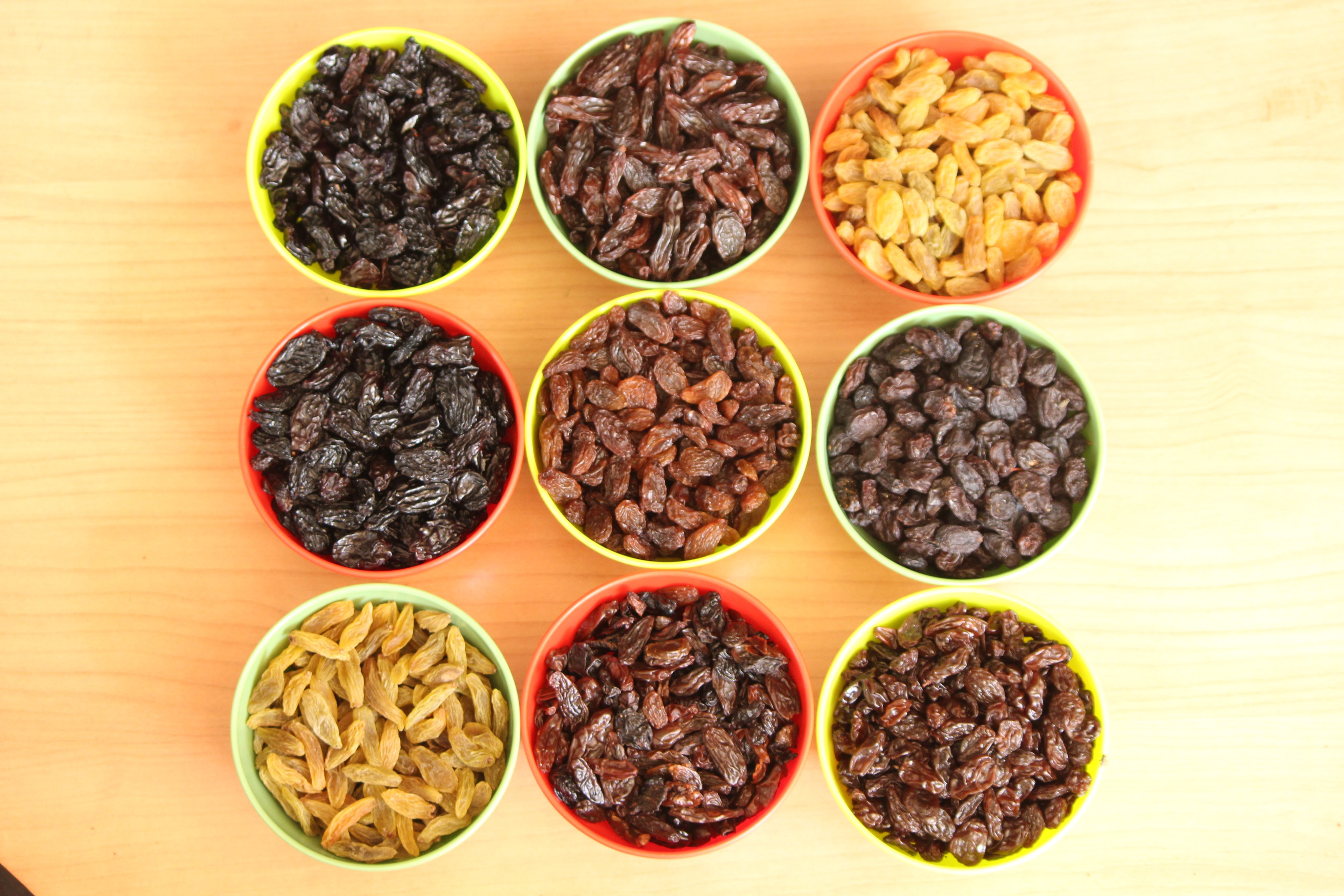Blog Details Container Stuffing

Planning of Container Stuffing and its Importance
Container stuffing, also known as container loading or container packing, involves placing goods into a container for transport. It's a critical part of the logistics and shipping industry, ensuring that goods are packed efficiently, safely, and securely. Here are some key aspects to consider:
Planning
Container Type: Choose the right container type based on the nature of the goods. Common types include dry containers, refrigerated containers, open-top containers, and flat-rack containers.
Container Size: Standard sizes include 20-foot, 40-foot, and 45-foot containers.
Weight Distribution: Ensure even weight distribution to maintain balance and stability during transit.
Loading Techniques
Floor Loading: Goods are placed directly on the container floor. This method maximizes space but may require additional handling.
Palletized Loading: Goods are placed on pallets before being loaded into the container. This method is faster and reduces handling damage.
Blocking and Bracing: Use materials like wooden blocks, braces, and dunnage bags to secure goods and prevent movement during transit.
Safety and Security
Load Securing: Use straps, nets, and other securing devices to keep the load in place.
Hazardous Materials: Follow regulations for packing, labeling, and securing hazardous materials.
Container Inspection: Check the container for cleanliness, damage, and proper functioning of doors and locking mechanisms before loading.
Documentation:
Packing List: A detailed list of all items being shipped.
Bill of Lading: A legal document between the shipper and carrier detailing the type, quantity, and destination of the goods.
Customs Documentation: Necessary paperwork for international shipping, including invoices, export declarations, and certificates of origin.
Efficiency Tips
Maximize Space: Optimize the use of container space to reduce shipping costs.
Weight Limits: Adhere to weight limits to avoid penalties and ensure safety.
Load Sequence: Plan the load sequence to facilitate easy unloading at the destination.
Technology
Load Planning Software: Use software to optimize container loading plans.
Tracking Systems: Implement tracking systems to monitor the container’s location and status during transit.
Efficient container stuffing can lead to cost savings, reduced damage, and timely deliveries, making it a crucial component of the supply chain process.
Recent Posts
October 05, 2023
October 05, 2023
October 05, 2023
June 08, 2024
July 03, 2024
September 06, 2024






